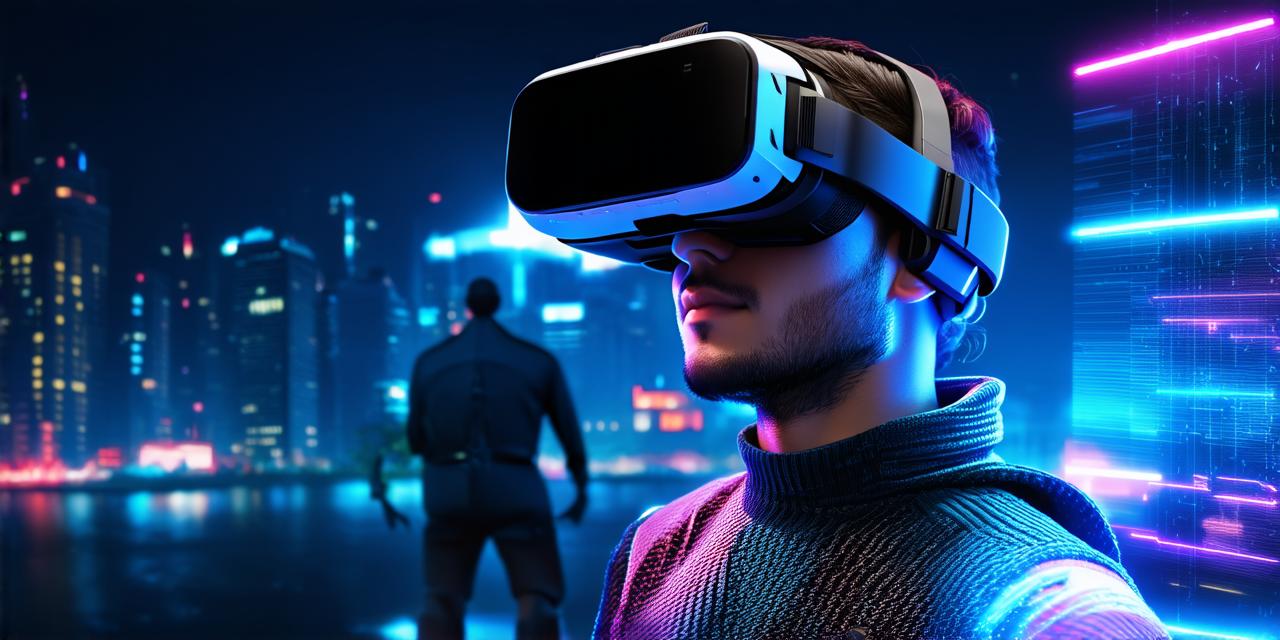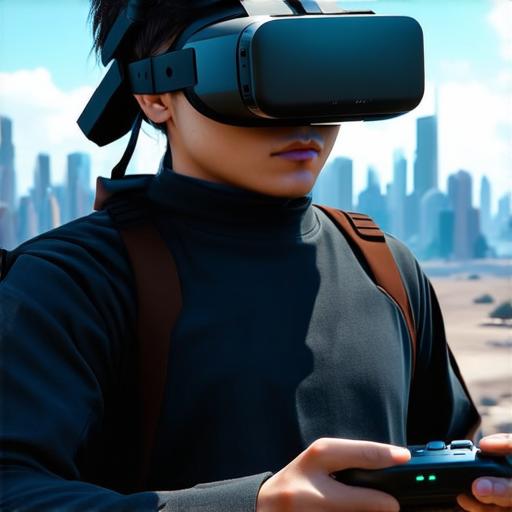
How to use a virtual reality headset
Introduction
Virtual reality (VR) technology is rapidly advancing and becoming more accessible to consumers. As a developer, it’s important to understand how to use a virtual reality headset effectively.
In this guide, we will explore the basics of using a VR headset, including setup, calibration, and common troubleshooting issues. We will also discuss best practices for developing VR experiences, such as creating an immersive environment and optimizing for performance.
Setup and Calibration
Before using a virtual reality headset, it’s important to properly set it up and calibrate it to your head size and preferences. Here are the general steps to follow:
- Connect the VR headset to your computer or gaming console using the provided USB or HDMI cable.
- Install any necessary drivers or software for your specific VR headset model.
- Adjust the straps and padding on the VR headset to fit comfortably on your head.
- Calibrate the IPD (Interpupillary Distance) settings to match your eye distance. This can typically be done through the VR software or settings menu.
- Test the tracking sensors by moving around in front of the VR camera and ensuring that the virtual environment stays in sync with your movements.
Best Practices for Developing VR Experiences
Now that you have your VR headset set up, it’s time to start developing experiences. Here are some best practices to keep in mind:
- Create an immersive environment: Use 360-degree graphics and sound effects to create a fully immersive experience for the user. This can include using lighting effects, dynamic weather, and interactive objects.
- Optimize for performance: VR experiences require high performance to avoid motion sickness or lag. Make sure to optimize your code for smooth frame rates and low latency.
- Test on multiple devices: Different VR headsets have different hardware specifications, so it’s important to test your experience on multiple devices to ensure compatibility.
- Incorporate user feedback: Get feedback from beta testers and users to improve your VR experience. This can include making adjustments to the environment, adding new features, or fixing bugs.

Troubleshooting Common Issues
As with any technology, there are common issues that may arise when using a virtual reality headset. Here are some troubleshooting tips:
- Motion sickness: If you’re experiencing motion sickness while using your VR headset, try adjusting the IPD settings or reducing the frame rate. You can also try taking breaks and moving around to help alleviate symptoms.
- Lag: If you’re experiencing lag in your VR experience, make sure your computer or gaming console meets the minimum system requirements for the software you’re using. You can also try reducing the resolution or adjusting the graphics settings.
- Tracking issues: If the virtual environment isn’t tracking your movements properly, check that the tracking sensors are clean and free from obstructions. You can also try recalibrating the IPD settings.
Summary
Using a virtual reality headset can be an exciting and rewarding experience for developers. By following these best practices and troubleshooting common issues, you can create immersive and engaging VR experiences that users will love. As VR technology continues to evolve, we can expect even more amazing possibilities in the future.


